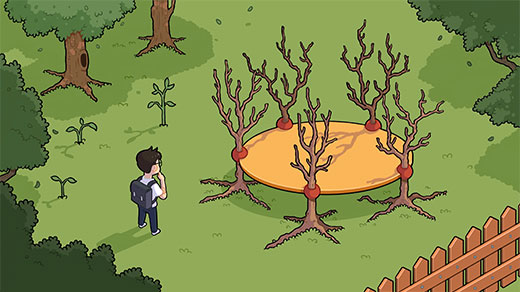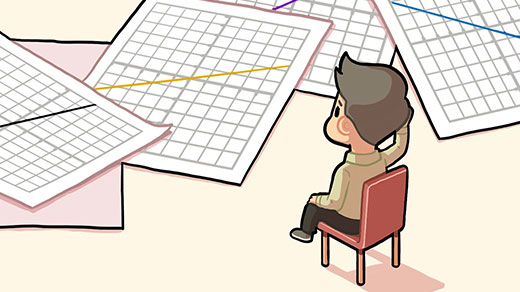What's up in
Quantized Academy
Latest Articles
How Big Is Infinity?
Of all the endless questions children and mathematicians have asked about infinity, one of the biggest has to do with its size.
How Can Infinitely Many Primes Be Infinitely Far Apart?
Mathematicians have been studying the distribution of prime numbers for thousands of years. Recent results about a curious kind of prime offer a new take on how spread out they can be.
Why Claude Shannon Would Have Been Great at Wordle
A bit of information theory can help you analyze — and improve — your Wordle game.
What a Math Party Game Tells Us About Graph Theory
Play this simple math game with your friends to gain insights into fundamental principles of graph theory.
Why Triangles Are Easy and Tetrahedra Are Hard
The triangle angle sum theorem makes working with triangles easy. What happens when you can’t rely on it?
What Hot Dogs Can Teach Us About Number Theory
The Chinese remainder theorem is an ancient and powerful extension of the simple math of least common multiples.
The Simple Math Behind the Mighty Roots of Unity
Solutions to the simplest polynomial equations — called “roots of unity” — have an elegant structure that mathematicians still use to study some of math’s greatest open questions.
How to Find Rational Points Like Your Job Depends on It
Using high school algebra and geometry, and knowing just one rational point on a circle or elliptic curve, we can locate infinitely many others.
How to Solve Equations That Are Stubborn as a Goat
Math teachers have stymied students for hundreds of years by sticking goats in strangely shaped fields. Learn why one grazing goat problem has stumped mathematicians for more than a century.








